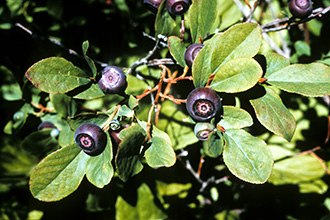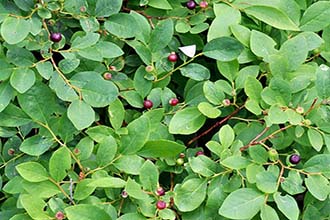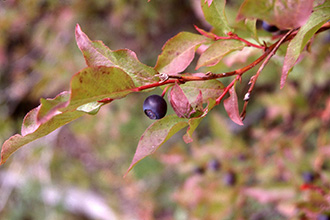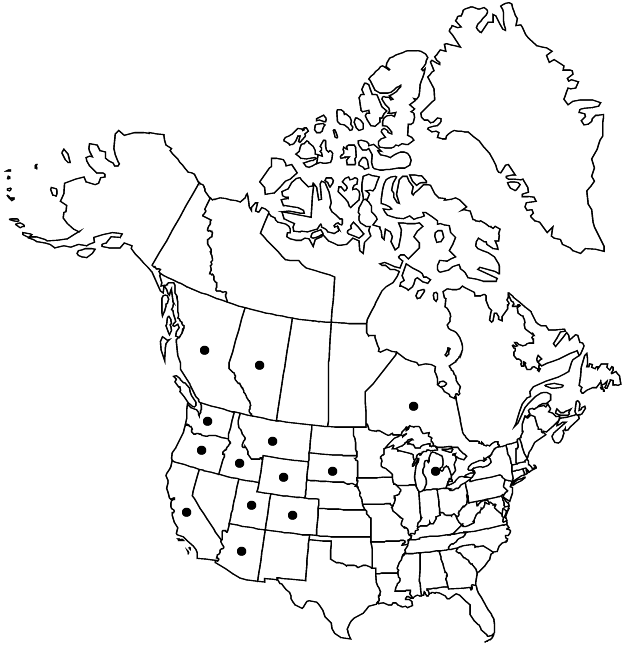Taxonomy: Kingdom - Plantae (plants). Subkingdom - Tracheobionta (vascular plants). Superdivision - Spermatophyta (seed plants). Division - Magnoliophyta (flowering plants). Class - Magnoliopsida (dicotyledons). Subclass - Dilleniidae. Order - Ericales. Family - Ericaceae (heath). Genus - Vaccinium L. Species - Vaccinium membranaceum Douglas ex. Torr.
Ecology: Thinleaf huckleberry is a native, rhizomatous, frost-tolerant shrub. Thinleaf huckleberry may occur in early or late seral stages. It generally shows greatest productivity within sites that experienced disturbance about 50 years previously. Big huckleberry is a widespread understory dominant in late seral and climax communities in subalpine forests. Decline of big huckleberry as forests move toward climax status is inevitable, especially in areas of crown closure. Without disturbance, big huckleberry will gradually decrease in dominance, crowded out by trees.



